How to Sleep with a Blocked Nose: Tips and Remedies

Related products
Having a blocked nose might make it very difficult to sleep peacefully. This widespread problem, medically referred to as stuffy nose or nasal congestion, affects many people globally and is a major cause of sleep disturbances.
Breathing becomes difficult when the blood vessels in the nose become inflamed, resulting in a clogged nose. This phenomenon is caused by various circumstances, such as sinusitis disorders, allergies to dust or pollen particles, and diseases like the flu or cold. Smoke exposure and other environmental irritants make the problem worse.
Knowing the above-mentioned basic reasons for nasal blockages at night is essential to understanding how to treat them for better sleep cycles. "Since the sinuses cannot adequately drain when lying down, nasal congestion frequently intensifies during sleep hours," says Dr. James Martin, a skilled otolaryngologist at Johns Hopkins Medicine.
The American Academy of Allergy, Asthma & Immunology's research reveal the extent of this suffering worldwide: rhinitis, the primary cause of blocked nostrils, affects 10% to 30% of adults and up to 40% of children each year.
It becomes crucial to figure out how to have a good night's sleep despite nasal congestion, not just for comfort but also for general health maintenance.
Recall that treating nasal congestion may not always be entirely under your control because of underlying conditions like allergies or persistent sinusitis. Therefore, it is also wise to seek expert assistance when symptoms last more than a few days.
Having their nostrils plugged in while they sleep is a problem that many people experience throughout the world. Nonetheless, there are methods to get over this discomfort, allowing for pleasant nights and improving quality of life overall.
What Are The Causes Of Nasal Congestion?

Allergies
One of the main reasons for a stuffy nose is an allergic reaction. Sensitive people's immune systems perceive harmless elements such as dust mites, pollen, or animal dander as dangers and develop antibodies to fight them. As a result of these antibodies' further exposure to certain allergens, cells within the nasal passages expand the blood vessels, releasing substances such as histamine and producing congestion.
Cold Or Flu
Colds and the flu continue to be another prevalent cause of blocked noses. The infectious viruses that cause both conditions invade the mucous membranes lining the airways, increasing the production of mucus and causing swelling that makes breathing through the nose difficult.
Sinus Infections
The sinuses are hollow areas found within the bones of the skull that secrete mucus to moisten the nasal cavities and block the entry of dust and other debris into the lungs. When they get infected owing to inflammation, which is typically caused by a virus but can also occasionally be bacterial or fungal, it causes fluid to build up and gives patients a congested sensation. It's important to remember, though, that in addition to just stuffiness, sinusitis frequently causes other symptoms, such as facial pain or pressure.
Environmental Factors (Dust, Dry Air)
Certain environmental conditions are also harmful to sinus health. In particular, dry air can dry up the sensitive tissues inside the nose, causing irritation and blockage, especially during the winter months when home heating systems are heavily used. Additionally, living in dusty areas or breathing in air that is contaminated with smoke or particulates irritates the linings of the mouth, which causes the passages to swell and interferes with proper breathing.
Tips for Sleeping with a Blocked Nose

Elevate Your Head
Breathing issues arise when one has a blocked nose, making sleeping with it difficult. Elevating the head while sleeping is one tried-and-true method for getting a good night's sleep even with congested nasal passages.
Elevation is a useful tactic because it facilitates easier breathing through the nostrils by reducing inflammation in the nasal canals. Lying flat increases the amount of mucus in the sinuses, which clogs them further and makes breathing more difficult. Such discomfort is much reduced by curling up on additional pillows or by employing adjustable beds that lift the upper body portion in particular.
Furthermore, research supporting the advantages of elevation in treating obstructive symptoms including snoring and apnea—common conditions associated with clogged noses—has been presented by the American Sleep Association. This enhances the quality of sleep in general.
Although it isn't a permanent fix, this approach offers instant relief by promoting more even breathing during resting hours, resulting in restful sleep rather than staying awake all night gasping for air.
Use a humidifier

One useful tip for getting a good night's sleep in the evenings when you have clogged nostrils is to use a humidifier. A small device that may produce water vapour, a humidifier raises the moisture content of the air in a room, reducing dryness, which is frequently a cause of nasal congestion.
When used continuously during the night, it helps to maintain the moisture content of mucous membranes, which helps to protect them from getting inflamed and swollen by the dry surroundings. This is particularly common in the winter when a lot of indoor heating is done.
Furthermore, ensuring adequate hydration, which entails drinking lots of fluids throughout the day, enhances the functionality of these devices by thinning out mucus accumulation and making breathing easier.
However, prudence appears to be necessary; if neglected, a haven for mould bacteria develops, which presents health hazards rather than cures. Therefore, regular maintenance is still required to reap the benefits safely.
Sleep on your side
It can be difficult to sleep when your nose is blocked, but sleeping in the proper position, like on your side, may help ease the discomfort.
Compared to other postures, side sleeping promotes greater sinus drainage, which helps people with nasal congestion. Lying flat on one's back, however, inhibits the flow of mucus, which can accumulate and cause obstruction in the nostrils.
Instead, lying on one's side promotes natural downward movement, which keeps airways comparatively free and makes breathing easier, leading to a more peaceful night's sleep.
It is important to note, however, that some persons have a phenomenon known as "congestion shift," in which the nostril they are lying on feels subjectively more clogged. The "nasal cycle," or periodic alternate phases of congestion and decongestion in either part, is thought to be the physiological cause of this phenomena. It helps maintain constant overall airflow regardless of the varying resistance offered by each half. Therefore, switching bedside often during the night promotes equal distribution on both sides and provides respite from prolonged unilateral pressure.
Use a neck-supporting cushion to minimise tension on the cervical spine and maximise comfort when slumbering on your side. Keeping up with routine linen cleaning schedules also prevents allergen accumulation, which may contribute to irritation and support better sleep quality even in the face of stuffiness issues.
Stay hydrated
Sustaining adequate amounts of water is an essential tactic for alleviating the discomfort that comes with nasal congestion at night. Drinking enough water helps the mucus in the sinuses thin out, which makes it easier to expel and unclogs blocked noses.
The body produces serous mucus, which is a thinner type, instead of heavier forms that exacerbate stuffiness when it gets enough water. Many fluids are helpful, including hot herbal teas that have a dual function of moisturising parched nasal passages and relieving inflammation by steam inhalation, which facilitates smooth nasal breathing.
It's important to remember that drinking enough water not only helps with decongestion for better sleep patterns but also improves circulation and digestion, among other aspects of general health maintenance. Thus, regardless of whether or not the body experiences blockages, make sure that regular, healthful liquid consumption remains a part of everyday activities.
Though prolonged stuffiness may suggest more significant underlying disorders requiring expert attention, professional medical consultation becomes important in cases where symptoms linger beyond a few days despite adopting previous tips.
Take a steamy shower before bed
An efficient natural treatment for nasal congestion at night is to take a warm, steamy shower right before bed. The hot mist of water droplets starts to open up one's blocked nose as soon as they are submerged in it.
Warm steam from showers helps blood vessels that are inflamed and thin out heavy mucus that causes clogs in the respiratory system. It encourages sinus opening, which guarantees pleasant breathing during peaceful sleep.
According to University of Colorado Sleep Medicine Specialist Dr. Julia Morley, "inhaling moist air serves as a non-medicated means towards alleviating inflammation induced due to stuffiness while preparing the body better for quality slumber."
Although the degree and the underlying reason for the obstruction may affect the outcome, including regular practice in nightly routines can help manage nose blocks more successfully over time and improve the overall quality of sleep.
Remedies to Relieve Nasal Congestion
Steam inhalation
People who have stuffy noses at home often use steam inhalation as a natural cure. The reasoning behind this straightforward yet efficient technique is that steam's warmth and moisture help to thin out mucus in clogged nasal passageways, facilitating clearance.
In the past, individuals sought relief by taking hot showers or inhaling steam from a bowl of hot water. Because essential oils like eucalyptus and mint are known to be decongestants, adding them to these techniques increases their efficacy even more.
Research that was published in the American Journal of Rhinology & Allergy shows that breathing in steam greatly reduces the symptoms of chronic rhinosinusitis, a recurrent illness that causes swelling and inflammation in the sinuses. Therefore, empirical data favourably ranks steaming as one of the best non-pharmaceutical congestion treatment techniques.
But, it's important to consider the possible safety dangers associated with its use, such as burns from extremely hot water, so caution must always be exercised when administering it.
Saline nasal spray
Saline nasal spray is an effective and all-natural way to ease the pain brought on by a blocked nose.
The main method of treatment for this condition is to spray a saltwater solution straight into the nostrils. Helps to increase the moisture content of these channels by design, which in turn helps to thin out mucus buildup that clogs airways. As a result, breathing becomes easier and the irritation caused by dry nose decreases.
In addition, unlike other pharmaceutical substitutes, saline sprays do not cause rebound congestion, which is a worsening of blockage after excessive use. as well as safe for repeated use or prolonged usage without having unfavourable effects.
It's important to note that while saline sprays provide significant relief in general, people with persistent congestion, particularly those resulting from chronic diseases like allergies or sinusitis, may need further treatments under the guidance of a medical practitioner.
Essential oils
Essential oils like peppermint and eucalyptus are known for their ability to relieve nasal congestion. The strong scent of these natural extracts helps to open airways, which makes breathing easier. Eucalyptus oil is a popular ingredient in many over-the-counter decongestants because of its strong scent, which helps to soothe stuffy sinuses. A study found that patients with sinusitis who inhaled cineole—an active component abundant in eucalyptus oil—showed noticeable improvements in terms of headaches and overall well-being in addition to relief from congested noses.
Similarly, menthol, the ingredient that gives peppermint oil its distinctive "minty" feel, helps soothe swollen nostrils and improve ventilation. Research published in the Journal of Ethnopharmacology demonstrates the critical impact peppermint oil plays in bronchial smooth muscle relaxation, improving airflow capacity, which is advantageous when treating clogged sinuses.
One way to use these essential oils to effectively treat nasal blockage is to add a few drops to boiling water and then inhale the resulting steam. This technique is known as aromatherapy, and it's one of the non-pharmaceutical strategies used worldwide to relieve the discomforts associated with blocked noses.
But it's still wise to add safety precautions here when working with concentrated materials like essential oils. Even though they come from natural sources, they still have strong effects, so getting professional advice before using them seems smart, especially if you have any underlying medical conditions or pharmaceutical regimens that could interact with them.
Eat honey
Honey, which is frequently commended for its many health advantages, is used as a home remedy to ease the pain brought on by nasal congestion. It is a successful at-home treatment due to its demonstrated antibacterial and anti-inflammatory properties.
Honey, which is naturally high in antioxidants, works to soothe irritated tissues in air passageways that cause stuffiness and fight chemicals that cause illness. A teaspoon of raw or warm, diluted honey may be used before bed to provide comfort without the usual side effects associated with over-the-counter drugs.
In addition, combining hot herbal teas or lemon water with some extra organic, unfiltered versions improves not only taste but also efficacy because it is served warm, which thins mucus and makes breathing easier.
Locally derived variants are thought to habituate immune systems against surrounding pollen, thereby reducing sensitivity and, consequently, the frequency or severity of future allergy attacks, although further research on this topic is still required. This is because allergies frequently cause blockages.
That being said, in normal conditions, consumption is safe (with certain exceptions, such as children under 12 months old, who are in danger of botulism, an uncommon but serious sickness). Thus, included in diet helps as part of a comprehensive approach to treat chronically blocked noses, especially during rest periods.
Over-the-Counter Solutions
Decongestants: A common remedy for providing immediate symptomatic relief from nasal congestion is the use of over-the-counter decongestants. These drugs work by narrowing the dilated blood vessels in the swollen, inflammatory nasal linings, which facilitates easier breathing through open airways. One well-known example is pseudoephedrine, which is frequently present in several oral cold and flu medications.
But, in addition to their obvious advantages, some drawbacks should be considered before using them. Overuse causes "rebound congestion," a condition known medically as Rhinitis Medicamentosa, in which extended usage of the medicine causes worsening of symptoms after stopping it because the body develops acclimated to its regular presence for preserving proper sinus functioning. Furthermore, it's important to remember that certain people may have adverse consequences like raised blood pressure or a faster heartbeat, which is especially important to take into account for those who have been diagnosed with cardiovascular problems.
Nasal strips: Without requiring the body to consume or apply any medication, nasal strips are a completely external but efficient instrument for clearing blocked nostrils. They are made of adhesive bands that are placed over the nostril bridge to increase the space inside the nasal passageways below.
In terms of how they work, these strip-tease apart microscopic pores beneath the skin's surface, increasing the airflow capacity overall and enabling more comfortable breathing, particularly during the night when lying down tends to exacerbate stuffiness, which frequently results in snoring patterns.
Since they are non-medicinal, they automatically exclude the possibility of dependency or rebound syndrome, which is characterised by an excessive reliance on chemical-based solutions. However, it's important to keep in mind that their primary purpose is to manage symptoms rather than treat the underlying cause of a blockage. As such, a thorough assessment is necessary if symptoms linger even after regular use.
When To See Your Doctor
Although managing a blocked nose seems like a common issue that is given little attention, there are situations where the condition's severity or persistence calls for seeking expert medical advice.
Making an appointment is necessary in cases where nasal congestion does not resolve after 10 days; this could indicate sinusitis and necessitate specific treatment rather than generic over-the-counter medications for common colds and flus.
Other warning signs that point to the need for prompt medical attention include a high fever and nasal obstructions that don't go away after the first few days, which may indicate that there are more serious illnesses at play. Frequent nosebleeds along with swollen nostrils constitute another cluster of symptoms that require medical attention since they indicate more severe inflammation that, if ignored, could lead to structural damage to sensitive inside tissues.
Furthermore, congested facial and head pain warrants medical evaluations as well, particularly in light of their link to untreated chronic sinus problems that cause incapacitating migraines that have a major negative influence on life quality. Since affected people may experience recurrent episodes that leave them in continual discomfort, official diagnoses are essential for enabling the delivery of an appropriate therapeutic course and successfully preventing repeated recurrences.
Finally, and most crucially, if breathing problems are experienced, especially in infants or babies, seeking emergency care is necessary because of possible risk scenarios that could jeopardise the availability of oxygen to the body and jeopardise a variety of health outcomes, including aspects of brain development and growth patterns.
Summary
Nasal congestion is a common but uncomfortable illness that can be caused by several things, including allergic reactions, viral respiratory infections like the flu or colds, sinusitis, and exposure to dust or dry air. While over-the-counter remedies are available for immediate relief (e.g., nasal strips externally expand nasal passages to improve airflow, while decongestant medications constrict inflamed blood vessels to enhance breathing ability), these treatments primarily treat symptoms rather than the underlying causes of blockages.
Thus, care must be taken when using them, especially in light of the possibility of "rebound" symptoms, which are associated with long-term use of chemical-based treatments and aggravate congestion upon withdrawal due to acquired dependency in addition to possible adverse consequences among certain user groups.
Seeking professional medical consultation becomes imperative when nocturnal rest is disrupted despite using the aforementioned remedies in addition to at-home strategies (e.g., elevating pillows, maintaining hydration, etc.) or when alarming signs (e.g., prolonged high fever, bloody discharge, facial pain/pressure), occur. This will enable effective targeted treatment implementation that addresses the underlying cause and prevents chronicity/repeated recurrences arising therefrom.
Frequently Asked Questions
How to unblock your nose at night?
There are a few efficient ways to clear your nose at night. While you sleep, elevating your head with additional pillows can help to promote sinus drainage and lessen swelling. Taking a hot shower right before bed helps to thin mucus, which makes breathing easier. By reducing air dryness in the bedroom, using a humidifier helps to reduce irritation.
How should I sleep if I have a stuffy nose?
Keeping your head up as you sleep can help people with congested noses by lowering sinus pressure and making breathing more comfortable. Additionally, some scientists believe that sleeping on one's side is superior to resting on one's back since it may lessen the detrimental effects of gravity on traffic.
How can I unblock my nose fast?
Using a neti pot or other similar device for nasal irrigation, inhaling steam from boiling water, and using a saline solution-filled neti pot to flush your sinuses and clear clogged passageways are some of the remedies that can help you unclog your congested nostrils quickly. Additionally, there is convincing evidence to support a relatively straightforward at-home technique that involves placing one finger on one nostril while inhaling through the other to immediately relieve blockages.
What not to do when your nose is blocked?
When one has a blocked nose, it becomes crucial to stay away from places that are known to cause allergies (if sensitivity is established). Similarly, dry circumstances should be avoided since they may exacerbate swollen tissues and increase symptoms. These conditions can be purposefully created by heaters and air conditioners within buildings or by natural external climate trendss. Use discretion when making decisions. Nonprescription decongestants Prevent Rebound' episodes that result from continued use for more than a few days.



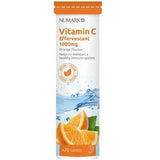
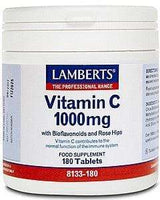
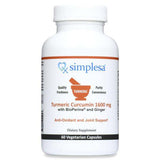







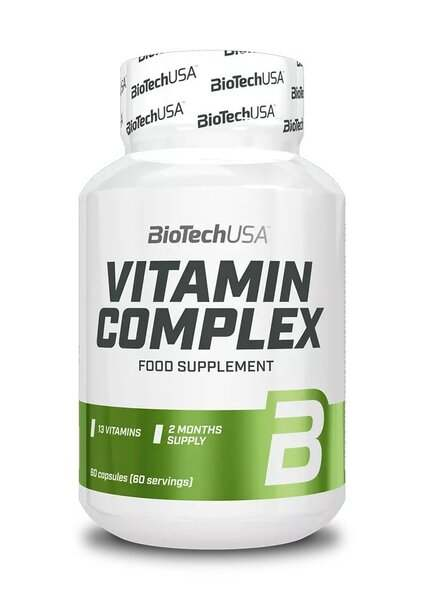
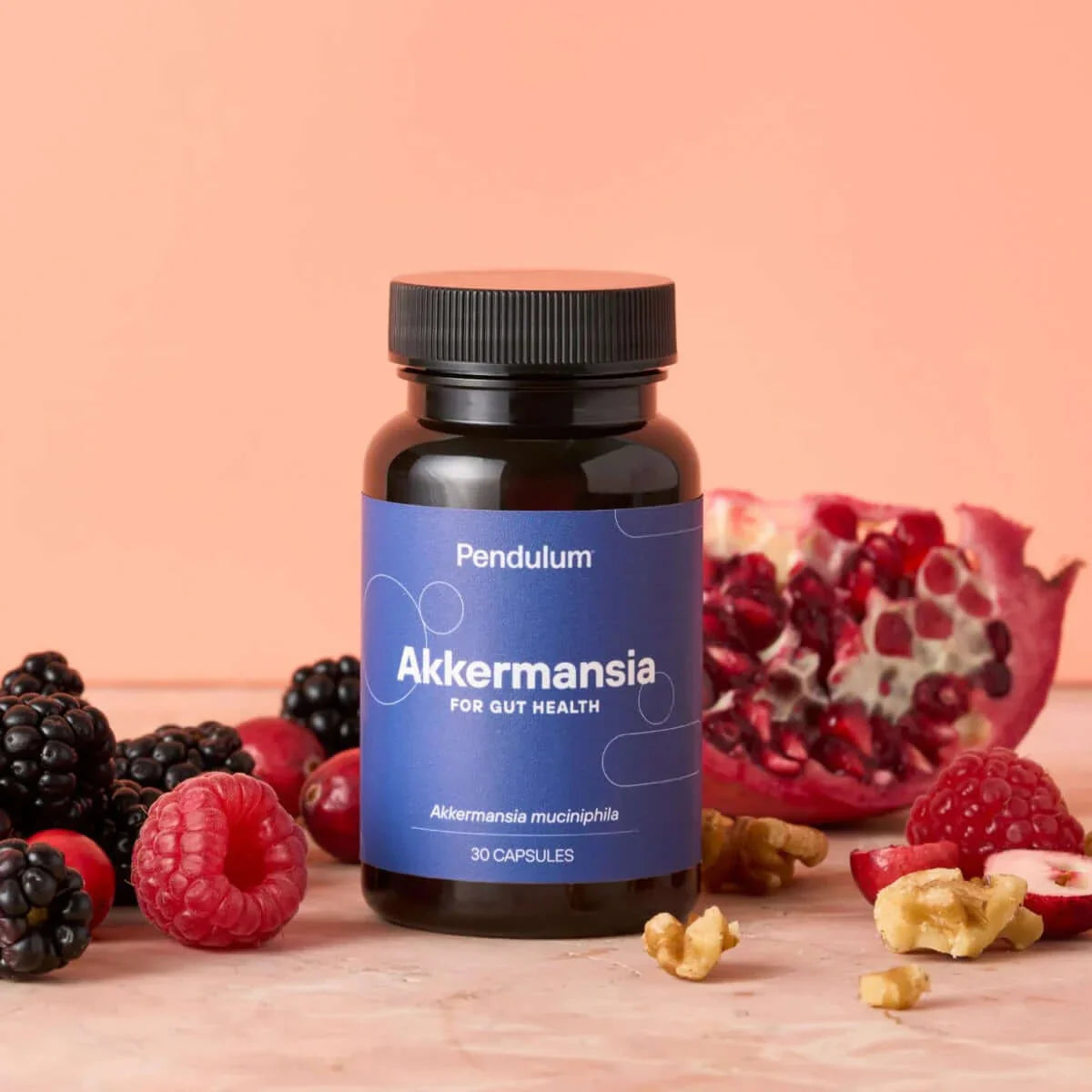
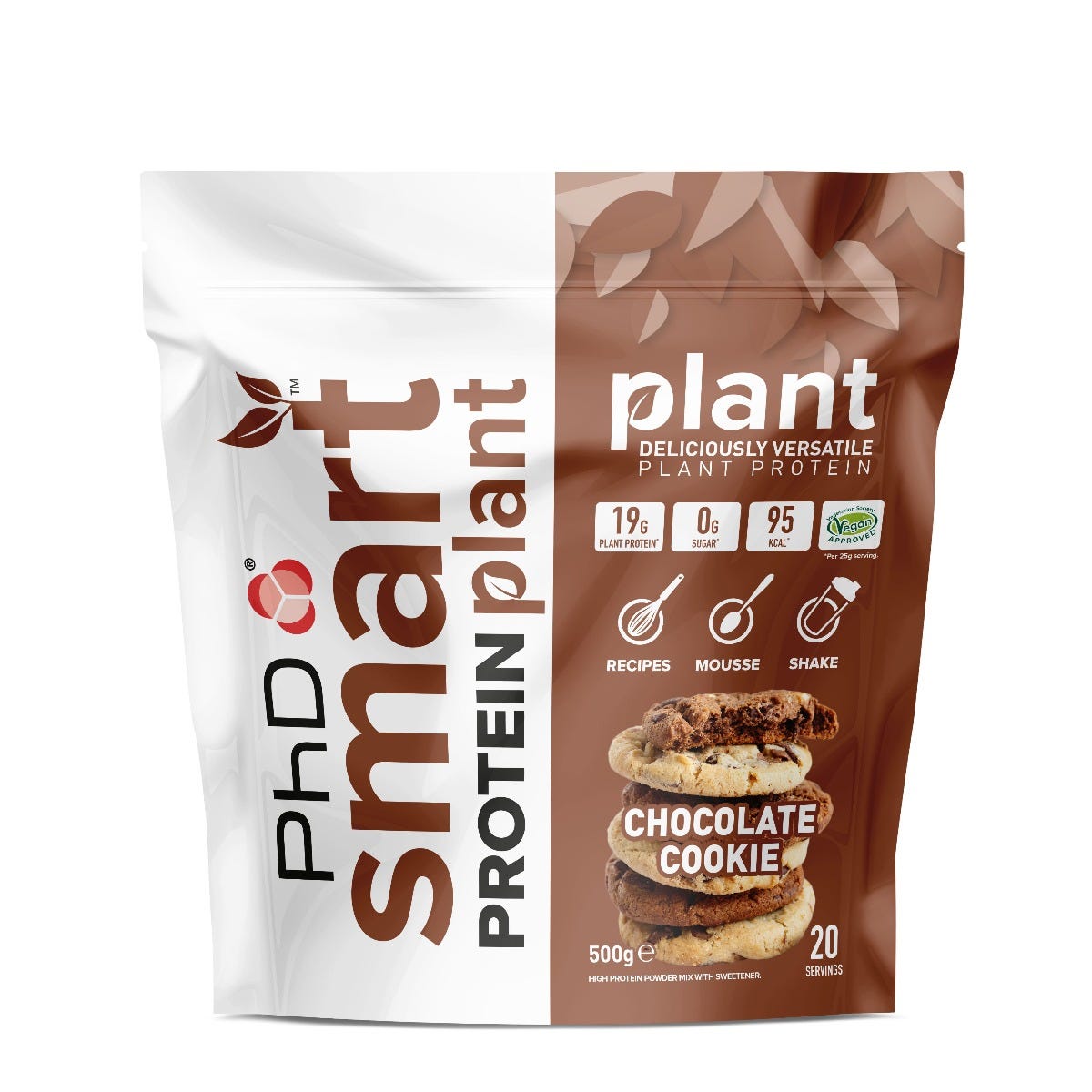
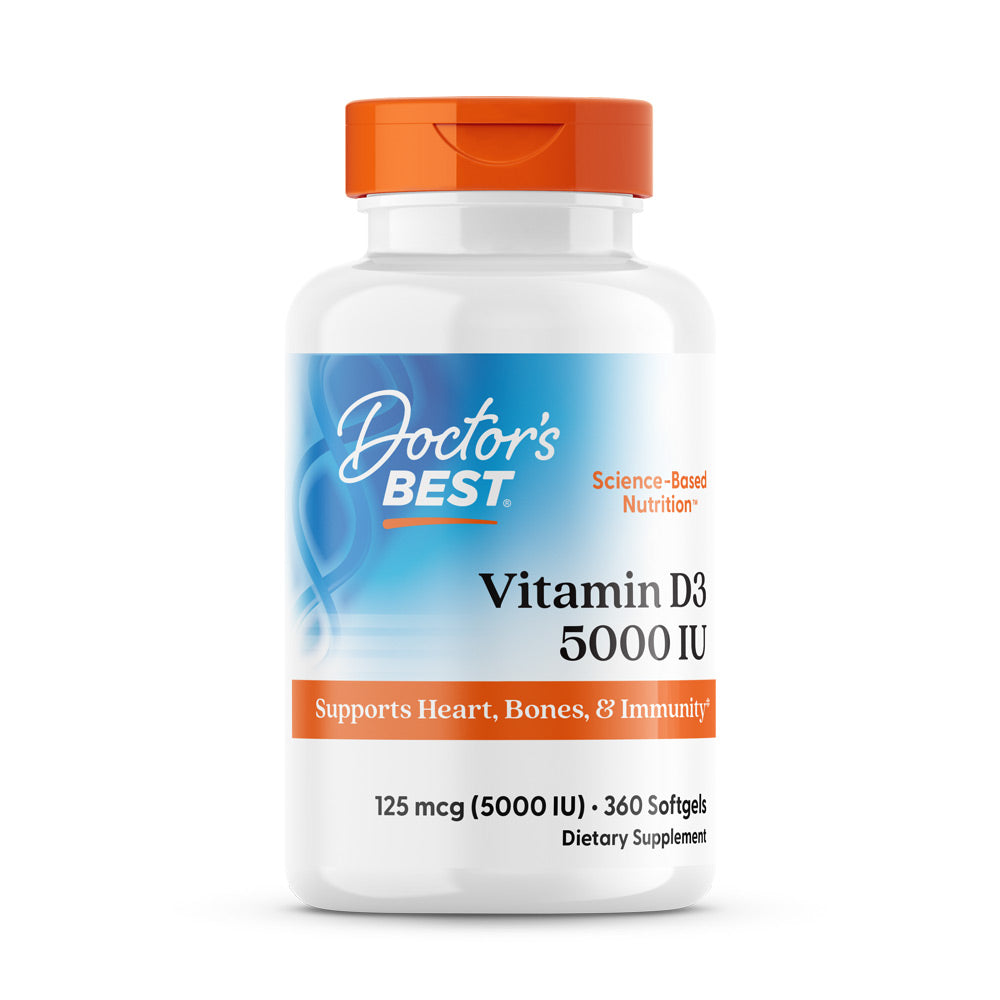


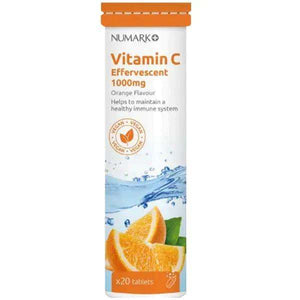
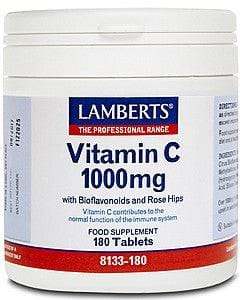
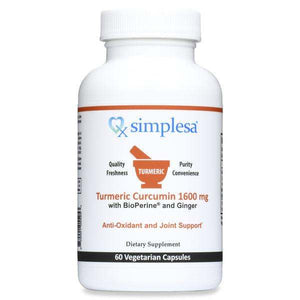







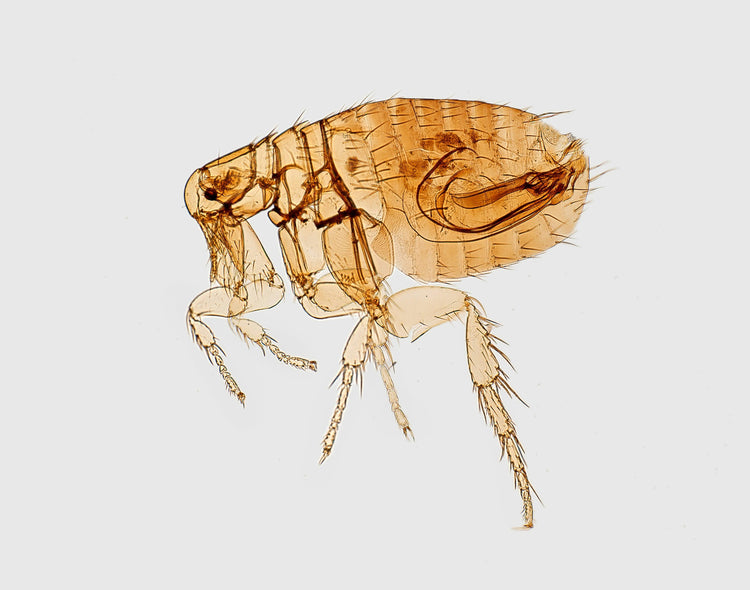






 Rated Excellent by 26,523+ Reviews
Rated Excellent by 26,523+ Reviews